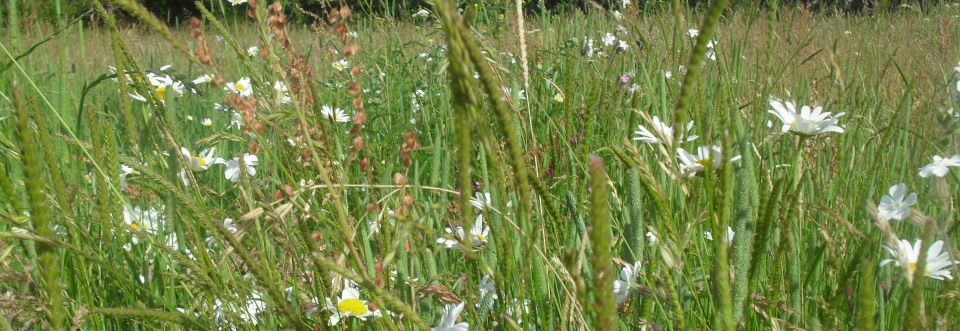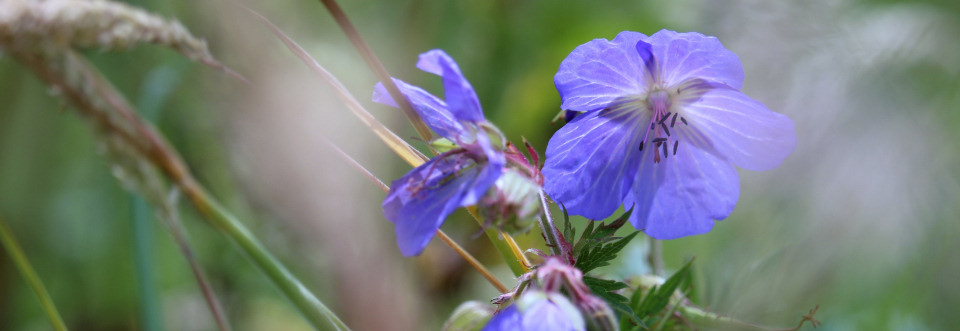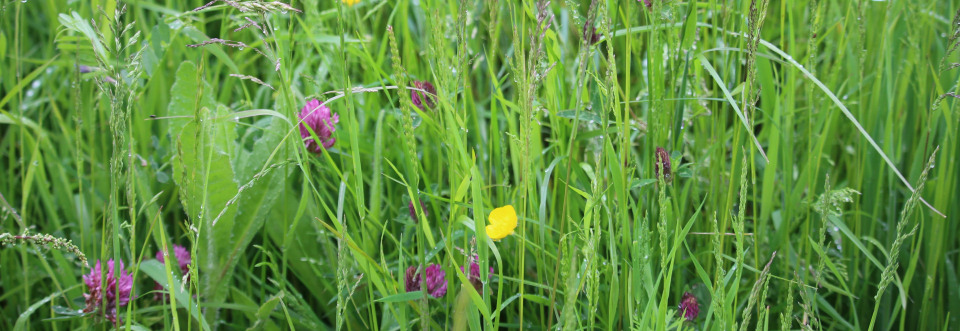

Home
About
Garden Design
Hard Landscaping
Soft Landscaping
Water Gardens
Garden Care Advice
Portfolio
Testimonials
FAQs
Articles
The Wildflower Meadow
"This lucid fount, whose murmurs fill the mind
The verdant forests waving with the wind
The odours wafted from the mead, The flowers
In which the wild bee sits and sings for hours
These might the moodiest misanthrope employ
Make sound the sick, and turn distress to joy"
(Garcilaso de la Vega, 1501 – 1536)
The verdant forests waving with the wind
The odours wafted from the mead, The flowers
In which the wild bee sits and sings for hours
These might the moodiest misanthrope employ
Make sound the sick, and turn distress to joy"
(Garcilaso de la Vega, 1501 – 1536)
For those fortunate enough to have sufficient space, be it an under used pony paddock, hay field or even a larger sized lawn there is the opportunity of establishing a wildflower meadow. Wild flower meadows were traditionally areas of unimproved grassland that were kept for hay making rather than being constantly grazed. In consequence these open sunny areas have played host to a broad range of grassland flora and fauna and are important feeding zones for Bees and other pollinators.
The pressure to raise agricultural production during the 20th century led to the loss of these biologically diverse areas as grassland was improved, fertiliser added and vigorous cultivated species such as Italian Ryegrass sown. In the past 100 years up to 97% of these traditional hay meadows may have been lost.
With a growing realisation of the value of wildflower meadows a growing number of people have become enthusiastic about re-establishing them on land that they own and in some cases there is funding available through Natural England’s Higher Level Stewardship scheme, details of which may be obtained via their local offices.
But funding is only part of the challenge of establishing a new meadow, past agricultural practices which have been successful at raising yields of grass grown may be the exact opposite of what is now required. Bold steps may have to be taken such as destruction of the existing sward by ploughing or with herbicides, fertility reduced by removing hay or silage several times in one growing season and sowing parasitic Yellow Rattle to weaken the grass further.
It is only when conditions start to become unfavourable to grass growth that sowing of wildflower seeds becomes advisable and even then do not expect instant results.
As these plants are of unimproved origin the seeds may not all germinate together and there may be some unwelcome intruders such as Ragwort, Nettles and Docks which will need attention. Maintenance tasks will need to be attended to with a cycle of late summer hay cuts followed by light grazing of the aftermath and again as growth commences in the spring after the ground has been rolled or harrowed.
When your wildflower meadow has become established you will be able to enjoy the marvellous scents of the flowers and the sight and sound of the creatures that have come to live in the naturally bountiful grassland that you have created.
By Tim Brayford







